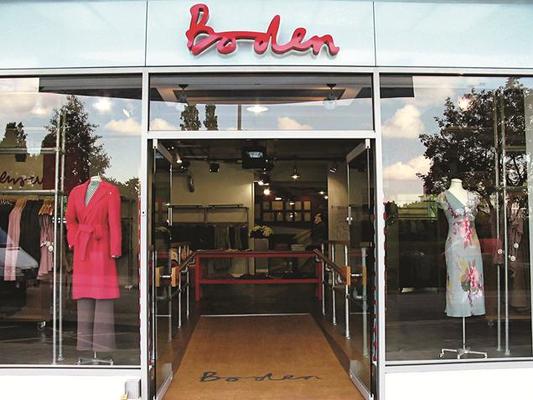Boden, loved by the likes of Samantha Cameron and Michelle Obama, is as famed for its catalogue and online offerings as it is for its female middle class fans. This week it made the news for announcing that it will open a number of shops in the UK. It currently only has one store, in west London, and the decision to open further stores follows a rise in profits of 31% to £32m from sales of nearly £281m.
It must be doing something right in the non-physical sphere, so why launch a high street presence now? It‘s not the only one; Amazon opened its first bricks-and-mortar store in Indiana this year and Google opened its first UK store in London in March. In an age that is so focused on the importance of digital, what is the value of bricks-and-mortar?
Attracting new customers
A lot of retail sales take place in store. There are barriers to e-commerce‘s growth because some people have reservations about it; a study by Kingston University found that consumers felt a fear of not getting what they ordered; they felt uncomfortable not being able to see and feel a product first hand before buying it and they found delivery and returns procedures cumbersome.
For some, an offline store can break through this barrier, assuring customers and making them much more likely to start and complete future purchases online. Therefore, by opening stores, Boden will grow its customer base online as well as offline.
Deepen your customer relationships
To create a deep, ongoing relationship with your customers, an in-store experience is invaluable.
The shop is a physical manifestation of a brand where shoppers not only purchase products in real-time, but get a real-world experience that supplements the relationship it‘s cultivated online. Brands can also observe how consumers behave around a product.
To cash in on this, Boden should focus on the experience they offer in-store. In a world where products can be bought more conveniently and for a lower price online, physical retail needs to offer customers new experiences they can‘t get elsewhere. Take Apple for example. The brand uses its stores as a showroom, to allow people to explore its products: only 20% of Apple‘s products actually sell there and then, but 80% of its sales follow an in-store experience. The in-store experience is critical in the brand‘s sales and relationship with consumers.
Build brand equity through association
When we think of luxury goods, we think of large and glossy stores in prime locations. In London, you‘d expect to find the plushest of retailers on Bond Street, the King‘s Road and Saville Row. Here, physical presence is critical for a luxury brand, to build awareness and keep up with the competition – often such stores lose money to keep up the rent.
But by keeping stores in these prime locations, luxury brands retain and build their reputations as such.
High end brands such as Ralph Lauren, Coach, and Michael Kors have reported disappointing earnings recently, with shares in all three companies declining in the past year. This has been widely attributed to overexposure of the brand through the launch of several stores – tarnishing the brands‘ luxury image.
Physical stores offer retailers like Boden opportunities to broaden their reputations, but in order to thrive, the brand must chose its location wisely to reflect the brand‘s position, and its target audience.
While online platforms are important, retailers should not underestimate the value of the physical store. To find success, Boden should focus on experiences in its new shops, from location to product offering; as it represents an important opportunity to show off the magic of its clothes and accessories to drive sales b
RELATED STORIES


















